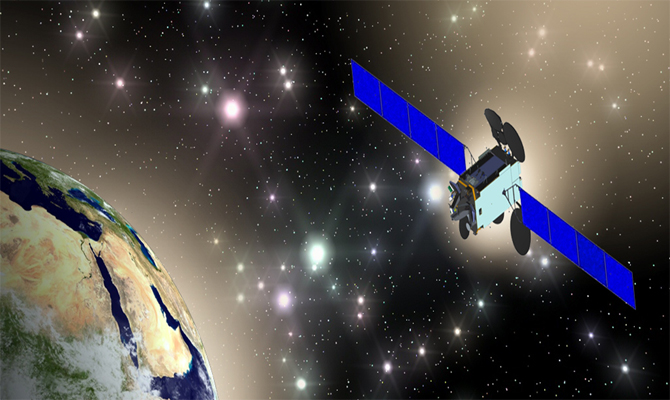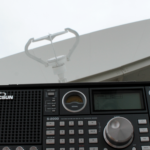This morning’s launch of a SpaceX Falcon 9 rocket from Launch Complex 39A of Florida’s Kennedy Space Centre, carried a payload designed to boost communications for the amateur radio operators among us!
The Es’hail-2 Satellite was set atop SpaceX’s Block 5 reusable booster (its third successful mission) to be positioned in geostationary orbit at 25.5E. Alongside Es’hail-2, the spacecraft also carried the first two amateur radio antennas to fly in geostationary orbit, an Amateur Radio S-Band and X-band payload, linking hobbyists across nearly a third of the Earth’s surface in a single hop.
“Es’hail-2 will also provide the first Radio Amateur Satellite Corporation (AMSAT) geostationary communication capability that connects users across the visible globe in one single hop and in real-time,” the statement from Es’HailSat announced prior to launch.
The two Phase 4 (P4-A) non-inverting Amateur Radio transponders operating in a 2.4 GHz up/10.45 GHz down configuration offers a 250 kHz bandwidth linear transponder intended for conventional analog operations.
AMSAT-DL has announced that it invites reception reports, however asks amateur radio operators to avoid transmitting to Es’hail-2 until it’s formally commissioned. If amateur radio operators want to see if they would be in range of Es’hail-2, they can try Dishpointer and select Eutelsat 25B as it’s close to the position that Es’hail-2 will occupy.
UPDATE | Tuesday, 11 December 2018
AMSAT have announced a possible premature failure of the on board receiver. You can read more here.






Leave a Reply
Want to join the discussion?Feel free to contribute!